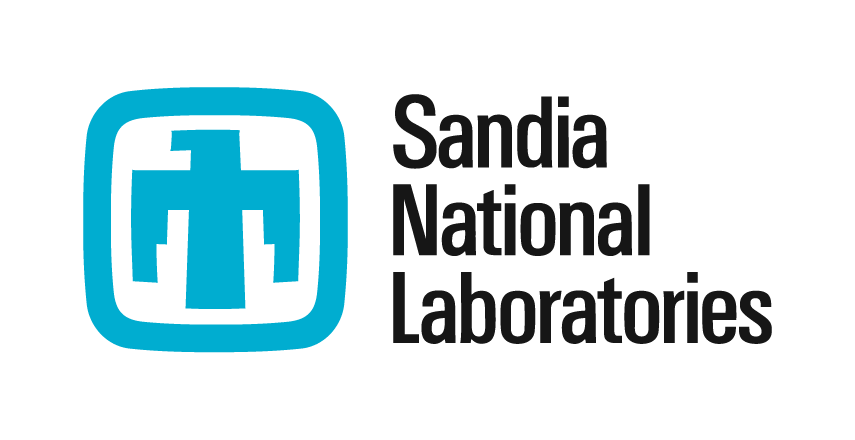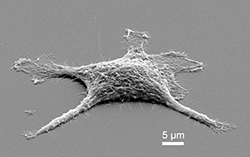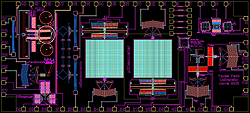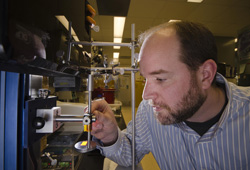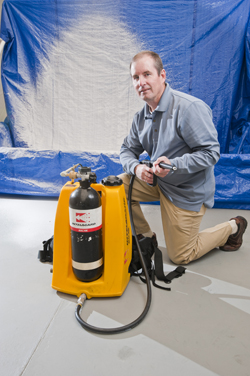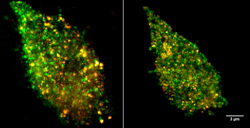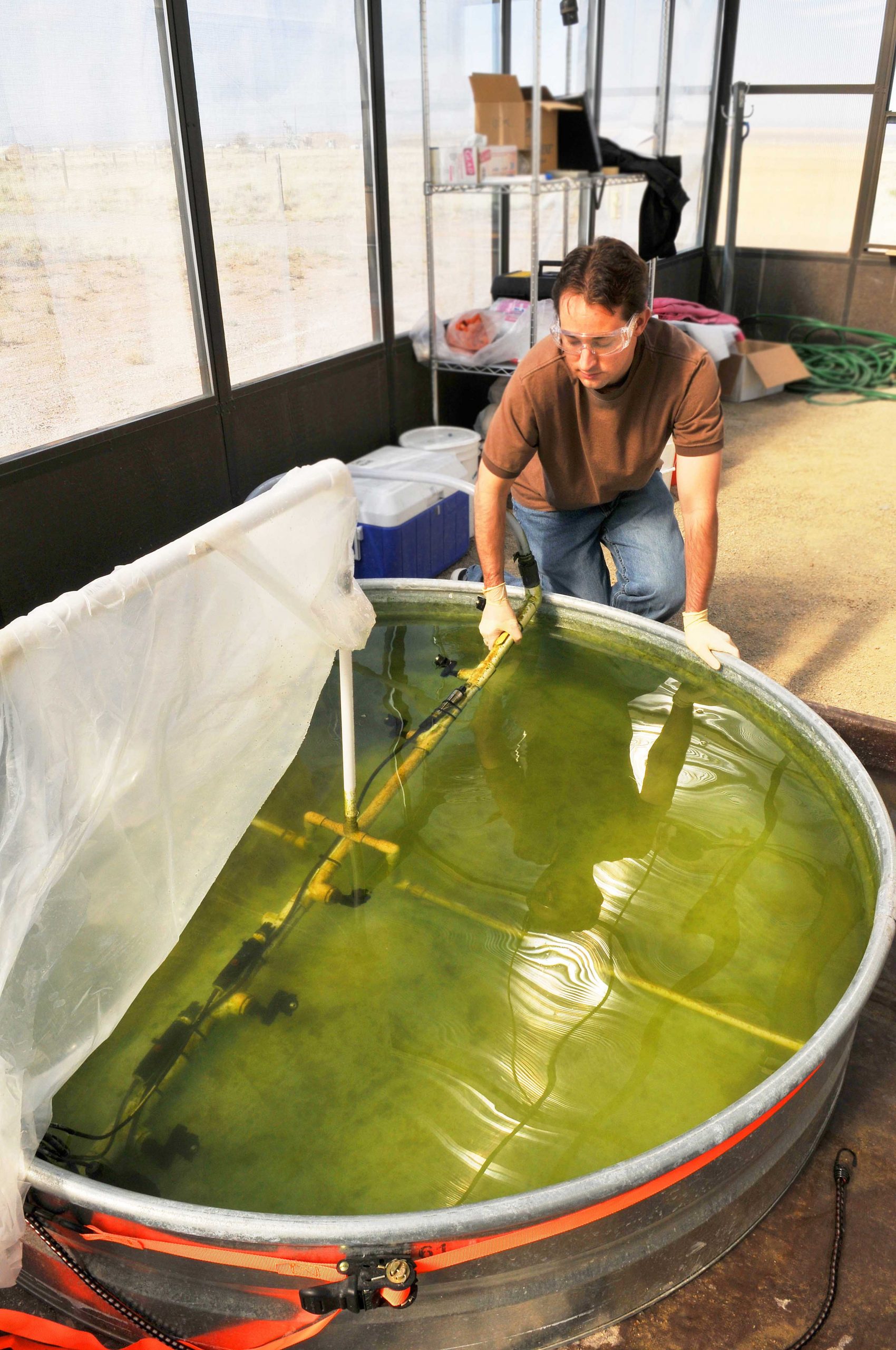May 14, 2013 • ALBUQUERQUE, N.M. — The brain’s repute took a big hit in 1997 when an IBM supercomputer defeated world chess champion Gary Kasparov in a match reported around the world. But in the second round, the brain is back. A Sandia National Laboratories-supported workshop in Albuquerque called NICE, for Neuro-Inspired Computational...
